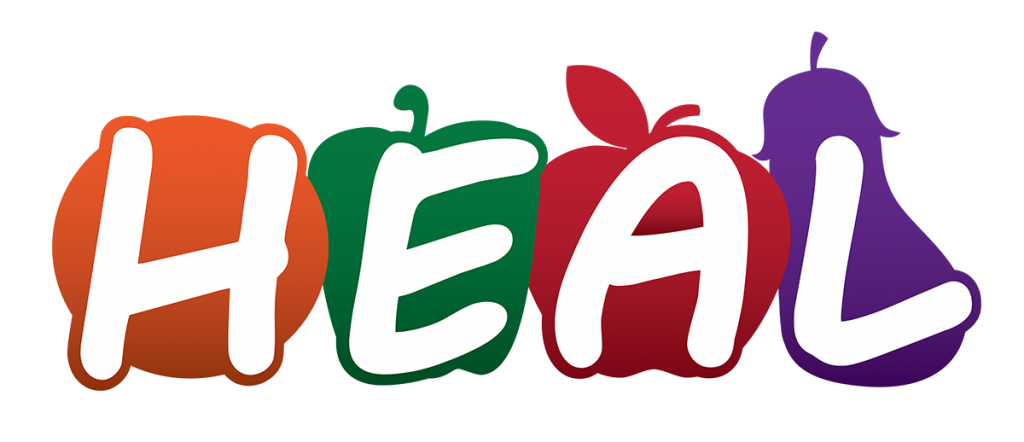HEAL History
Food Insecurity and Nutrition (FIN)
Food insecurity is defined as when a family, in the past 12 months, had worried that their food would run out before they had money to buy more. In 2019, the USDA identified:
- 2 million people lived in food-insecure households
- 0 million adults lived in households with very low food security
- 3 million children lived in food-insecure households in which children, along with adults, were food insecure
- 361,000 children (0.5 percent of the Nation’s children) lived in households where one or more children experienced very low food security.
In Allen County, 46,500 individuals, 16,520 children were identified as food insecure by the Map the Meal Gap project published by Feeding America in 2018. This represents 12.6% of the population. In 2020, as a result of the pandemic, researchers at Northwestern University estimated that food insecurity more than doubled overall and tripled among households with children due to the economic crisis, hitting as many as 23% of households. https://www.ipr.northwestern.edu/documents/reports/ipr-rapid-research-reports-pulse-hh-data-10-june-2020.pdf
Many individuals face spending trade-offs that lead to food insecurity (housing, utilities, healthcare, transportation), and food-insecure individuals’ annual healthcare expenditures are $1,184 higher than those who are food secure.
With this knowledge and awareness of the need within our community, The St. Joe Foundation will advance the goal that vulnerable, food-insecure individuals are enabled to access nutritious food with dignity and assisted with strategies to empower them to build their own sustainability.
Some of the strategies we are supporting include: links to program pages
